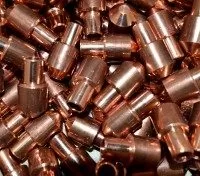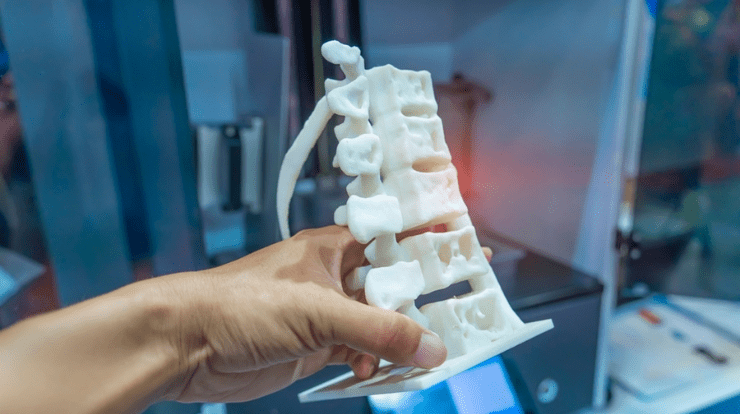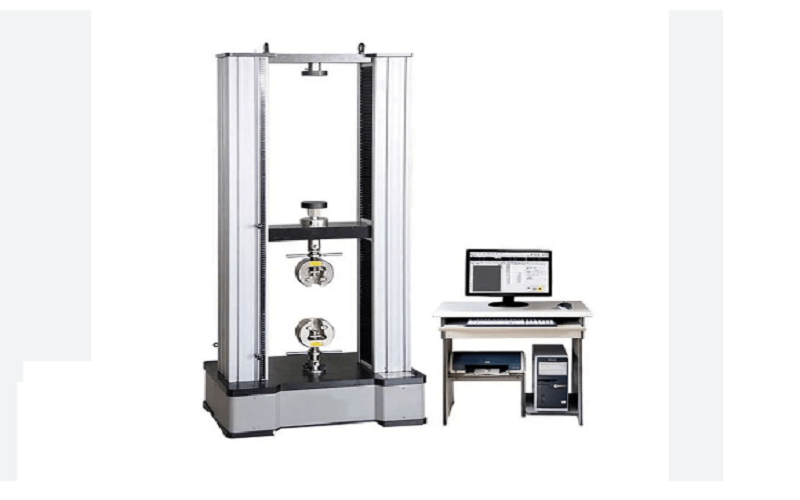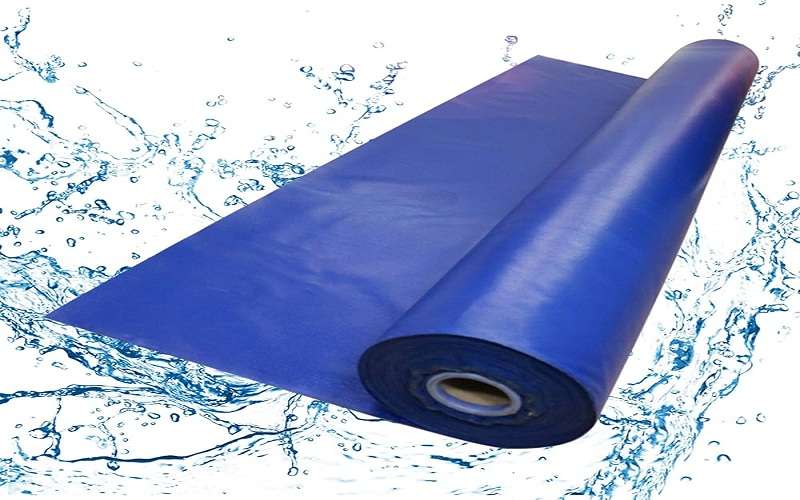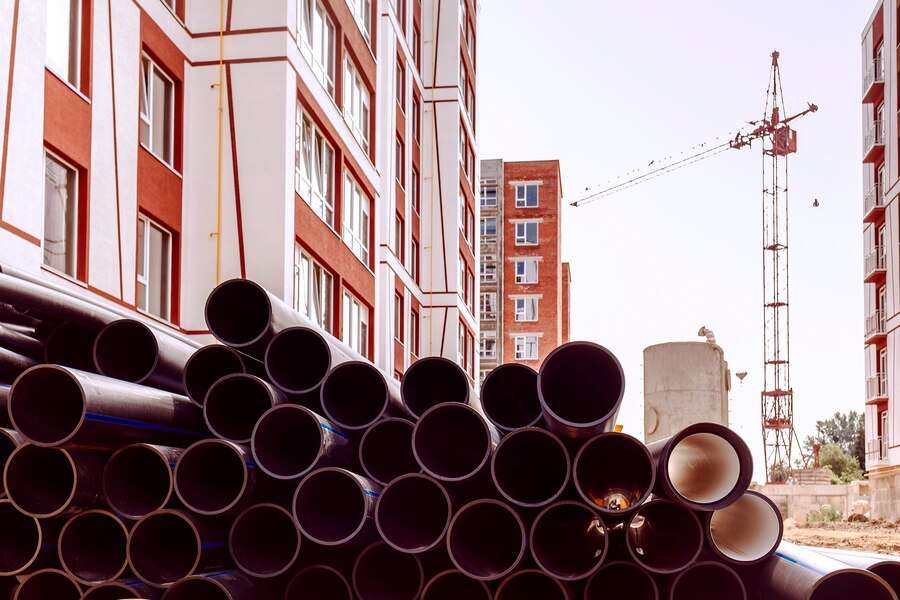Introduction to Copper Product Manufacturing
Welcome to our beginner’s guide to copper product manufacturing! In this comprehensive article, we will explore the fascinating world of copper production and the various processes involved. Whether you’re curious about the origins of copper or interested in understanding how your favorite copper products are made, this guide has got you covered. So let’s dive in and unravel the secrets behind this remarkable metal.
Understanding Copper and Its Properties
Before we delve into the manufacturing process, it’s important to grasp the fundamental characteristics of copper. Here’s a quick overview:
Versatility: Copper is a highly versatile metal that can be easily shaped into various forms, making it ideal for manufacturing a wide range of products.
Durability: Copper exhibits excellent durability, corrosion resistance, and heat conductivity, making it a popular choice for both functional and decorative items.
Malleability: With its exceptional malleability, copper can be shaped and molded without compromising its structural integrity, enabling intricate designs.
Sustainability: Copper is a sustainable material, as it can be recycled and reused without losing its essential properties, making it an eco-friendly option.
Copper Extraction: From Mines to Raw Material
The first step in copper products manufacturer is the extraction of copper from mines. Here’s a simplified overview of the extraction process:
Mining: Copper ores are excavated from underground or open-pit mines using specialized equipment.
Crushing and Grinding: The extracted ores are crushed and ground into fine particles to facilitate the separation of copper minerals from the surrounding rock.
Flotation: The crushed ore is mixed with water and chemicals, forming a slurry. Air bubbles are introduced, causing the copper minerals to attach to the bubbles and rise to the surface.
Smelting: The concentrated copper minerals, now called copper concentrate, are further processed in smelters to remove impurities and convert them into copper anodes.
From Copper Anodes to Copper Cathodes
Once the copper concentrate is obtained, it undergoes a refining process to transform it into pure copper cathodes. Let’s take a closer look at this process:
Electrorefining: The copper concentrate is dissolved in an acidic solution, and electrodes are immersed in the solution. When an electric current is applied, copper ions are attracted to the cathodes, where they deposit as pure copper.
Copper Cathode Casting: The deposited copper is carefully removed from the cathodes, resulting in copper cathode plates ready for further processing.
Copper Alloying and Product Manufacturing
To enhance specific properties or achieve desired characteristics, copper is often alloyed with other metals. Here’s a glimpse into the alloying process and subsequent product manufacturing:
Copper Alloying: Copper is alloyed with metals such as zinc, tin, nickel, or silver to create alloys with unique properties suitable for various applications.
Copper Product Manufacture: The copper alloy is then transformed into a wide array of products through several manufacturing techniques. Some common methods include casting, forging, extrusion, and machining.
Patination: Patination involves intentionally oxidizing the copper surface to create unique colors and textures. This technique adds depth and character to copper products, making them visually captivating.






